Ulcer Treatment
1.Precancerous Lesions and Conditions
Erythroplasia. Sometimes a red appearance may occur in the mouth due to unknown reasons. This is called erythroplasia. This is usually associated with smoking. The rate of transformation of erythroplasia to cancer is 5-10%.
Leukoplakia is the term used to describe a white patch in the mouth that can not be rubbed off and can not be characterised clinically as any specific disease. Often these are related to smoking. The transformation rate in developed countries of leukoplakia to oral cancer has been estimated to be 2-6% in 10 years, although this may be higher in other parts of the world. The risk is greater when there are red areas associated with the white patch and when the lesion affects the tongue or floor of the mouth under the tongue.
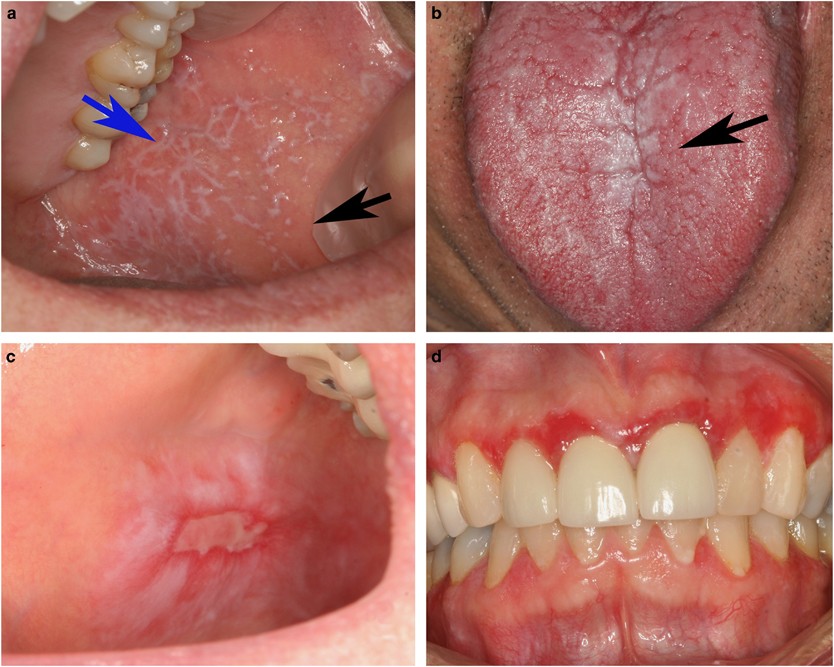
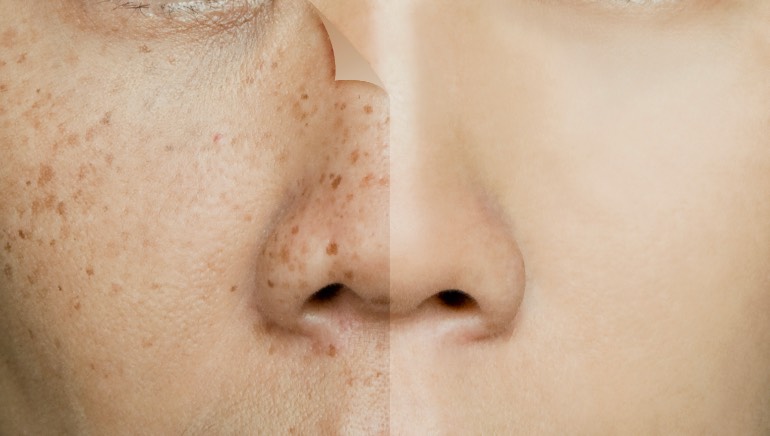
2. Facial Pigmentation
Skin pigmentation disorders occur when there is an excessive production of melanin, called hyperpigmentation, leading to dark spots, patches, or discolouration of the skin. Over time, it can affect the colour of the skin and result in an uneven skin tone. Though hyperpigmentation isn’t a harmful condition, it may be an indication of another medical condition. Therefore, it is necessary to consult with a dermatologist to determine the right cause behind the pigmentation.
3. Viral Ulcers Post Cold and Flu
Oral ulcers are very common and usually occur in the mucous membrane of the oral cavity. These ulcers are painful sores, round or oval in shape mostly formed on the inner side of cheeks and lips. They are usually white, red, yellow or grey in colour and are red and swollen around the edge. These sores can cause severe discomfort while eating, & speaking. Commonly these ulcers are caused due to trauma, biting your cheek or from food, tooth filling, vigorous brushing, constant rubbing against braces or dentures or poor oral hygiene. Oral ulcers can take up to 2 weeks to heal and can be caused due to a variety of reasons ranging from vitamin deficiency, constipation, acidity, stress, rich or spicy food or an accidental cheek bite.
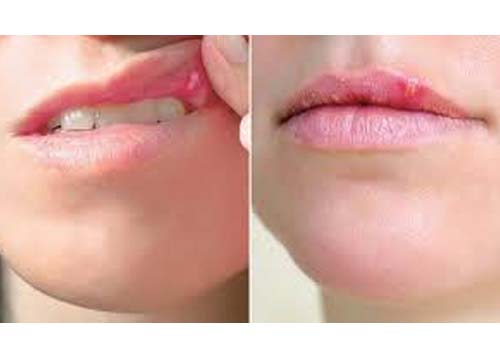

4. Viral or Bacterial Oral and Face Lesions
As the outer layer of the body, skin is the first line of defence against disease and infection. It envelopes the body in a protective layer, and skin itself is the body’s largest organ. Although quite thin, the skin performs a miraculous task in protecting internal organs, although nothing is perfect and skin itself can become infected in many ways by fungal, bacterial and viral infections.
Skin infections are generally the result of germs, of which there are thousands of varieties, and symptoms of infection range from very mild to extremely aggressive and dangerous. Mild infections are usually treated with products available from your local pharmacy, but stubborn and aggressive infections require diagnosis and treatments obtained from medical practitioners. Dermatology clinics are the first point of contact for people needing expert advice and assistance in treating all varieties of skin infections.
5. Non Healing ulcers
This page has information on non-healing ulcers, including those that are caused by nontuberculosis mycobacteria (NTM).
There are many causes of non-healing (chronic) ulcers and they include:
- problems with blood supply or drainage
- nerve damage
- excess pressure
- cancer
- infection.
When determining the cause of a non-healing ulcer, it is always important to assess the blood supply and nerve function to the area. If cancer or unusual infection is suspected, a skin biopsy may be required. It is important to seek medical attention early for non-healing ulcers, so that appropriate diagnostic testing can be done and treatment commenced at an early stage.


6. Tongue Diseases
The tongue is a muscular organ with no intrinsic bony structures. It plays vital roles in the communication, mastication & swallowing, and taste perception processes. There are numerous pathological processes that manifest signs within the oral cavity. Additionally, there are several primary pathologies of the tongue as well. This article aims to give an overview of some congenital and acquired disorders of the tongue. Prior to this discussion, the article will cover a brief review of the embryology, anatomy, and histology of the tongue; followed by a review of the physiological processes associated with it as well. There will also be a discussion on the clinical examination of the organ.
7. Dryness of Mouth
Dry mouth—also called xerostomia—results from an inadequate flow of saliva. It is not a disease, but a symptom of a medical disorder or a side effect of certain medications, such as antihistamines, decongestants, pain killers, diuretics and many others.
Saliva is the mouth’s primary defense against tooth decay and maintains the health of the soft and hard tissues in the mouth. Saliva washes away food and other debris, neutralizes acids produced by bacteria in the mouth and provides disease-fighting substances throughout the mouth, offering first-line protection against microbial invasion or overgrowth that might lead to disease.


8. Excessive Salivation
The best way to stop your body from producing too much saliva is to address the underlying issue. In many cases, changing medications or getting treatment for medical issues can help resolve excess saliva. But there are other things that you can do to reduce how much saliva your body produces.
Avoiding foods and drinks that can cause saliva production, for example, can help. Triggers may vary person to person, citrus fruits and alcohol in general can decrease saliva production. Swap your usual mouthwash for a formula that has no burn of alcohol. Alcohol is a natural drying agent and can signal to your mouth to produce even more saliva. You can also find relief by staying hydrated to help thin out excess saliva so it's swallowed more easily.
Dealing with excessive saliva can definitely put a damper on the way that you talk, eat and socialise. By addressing the issues causing your body to overproduce saliva, you'll be able to enjoy a mouth-watering treat without feeling self-conscious.
9. Burning Mouth Syndrome
Burning mouth syndrome is described as a painful or burning sensation in the tongue, lips, or palate which leads to an overall discomfort in the mouth without any underlying medical or dental reasons.
There are two types of BMS- primary BMS and secondary BMS. Primary BMS is diagnosed when there is no identifiable illness responsible for the condition. Secondary BMS occurs as a result of other health conditions and the reasons are identifiable.
Symptoms of Burning Mouth Syndrome :-
The symptoms of burning mouth syndrome vary from person to person in its nature and severity. It can last for a longer period of time in some people. Some of the common symptoms are:
● A pain in the mouth characterized by burning or scalding sensation
● A feeling of numbness or tingling in the mouth
● Altered taste in the mouth
● Dry mouth
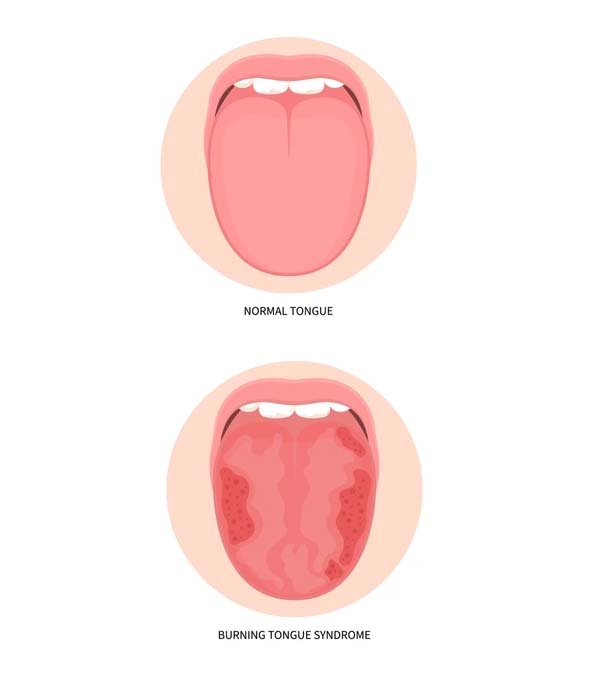

10. Loss of Taste Treatment
Determining the underlying cause of taste loss can be tricky, both because taste is so closely associated to smell, and because there are many potential medical or dental reasons for the problem. Reporting the issue to your physician is typically the first step individuals will take, but usually, diagnosis will require seeing an otolaryngologist, or ENT (ear, nose and throat) doctor.
Using various chemical tests, we can help rule out if a smell disorder is actually the culprit, and whether it is indeed taste loss that you are experiencing. He or she can also identify the severity and root cause based on your medical and dental history.
Once the root cause is known, and if it is treatable, overcoming dysguesia is as simple as correcting that root cause. If, for example, poor oral health is to blame, dental procedures, prescribed medication, and/or hygiene modifications can easily remedy the situation and help you reclaim your sense of taste.
11. Swelling of Tongue, Neck Swelling, Jaw Swelling
Swelling of Tongue :-
Glossitis, or a swollen tongue, is common according to medical professionals. When the tongue becomes inflamed or is triggered by outside bacteria or stimuli, it can become too large to perform normal daily functions such as speaking, eating, or drinking. Depending on the cause of your swollen tongue, a dentist or other medical professional could help you treat the symptoms.
Neck swelling :- Neck swelling refers to the visible buildup of fluid and inflammation in the tissues of the neck. It occurs when the lymph nodes in the neck become enlarged due to infections caused by viruses or bacteria, and in some cases, it can also be a sign of cancer. While most neck swellings are not harmful, some can indicate serious underlying conditions.
Jaw Swelling :-Jaw swelling is a symptom characterized by a swelling that results in the jaw becoming larger than normal or a lump developing on the jaw. Jaw swelling may occur for many reasons that lead to accumulation of fluid in the skin above the jaws or inflammation of the jaws.

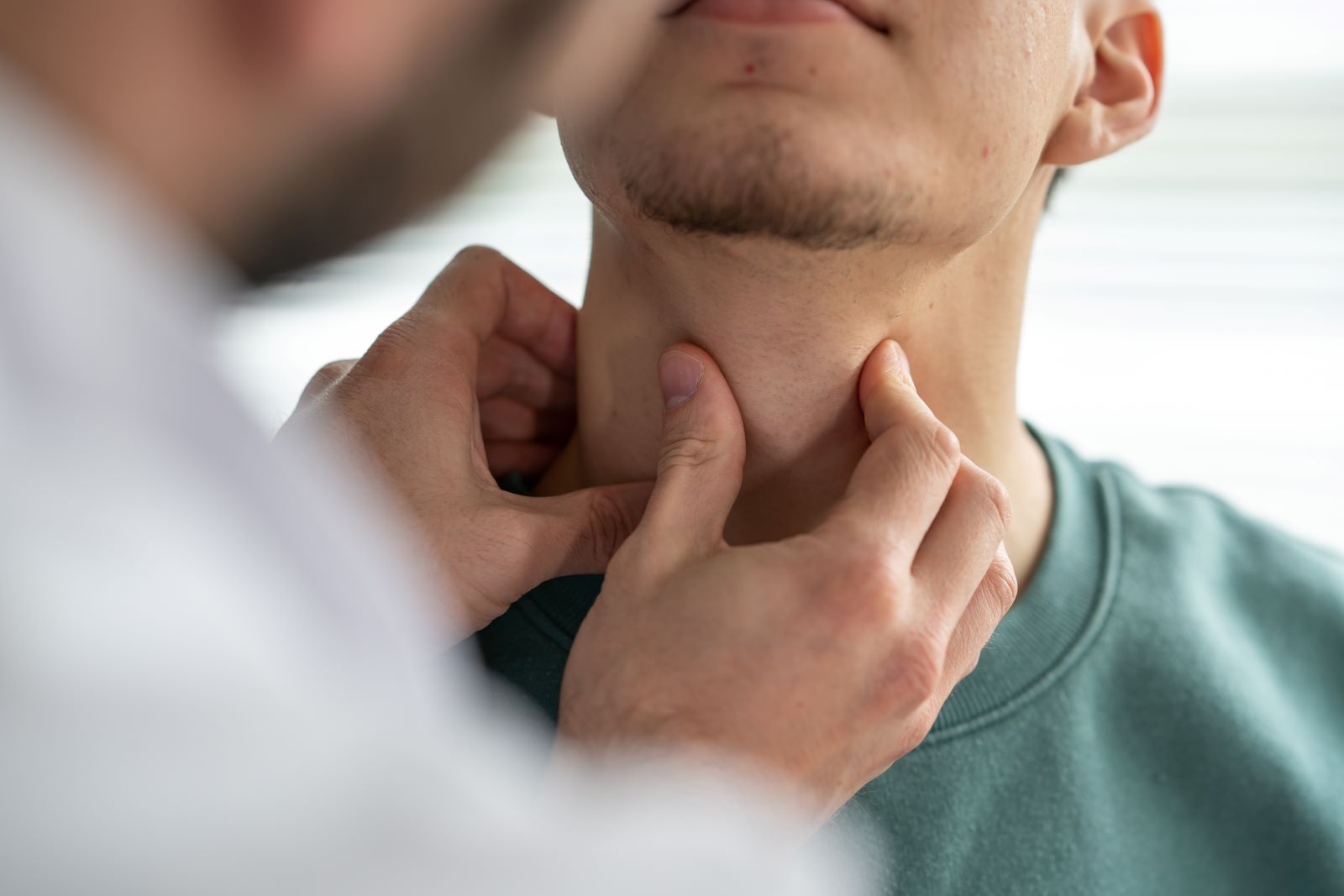
12. Lump in Head and Neck region
People may discover an abnormal lump (mas) in their neck. Sometimes, doctors discover a neck lump during an examination. Neck lumps may be painful or painless depending on what has caused them. Painless neck lumps may be present for a long time before people notice them.
If you have bumps on your head that are sore when pressed or touched, it could be a sign that you need immediate medical attention.
However, not all bumps on your head indicate serious medical conditions. Recognizing which symptoms indicate conditions that require medical attention can help you get a treatment best suitable for your head lumps.
13. Facial Pain
Facial pain is common and can often be debilitating for those who experience it. Described as sharp and stabbing pain that can sometimes feel like an electric shock, simple actions like smiling, brushing teeth, or applying makeup can bring on the pain or make it worse. Other common activities like eating or drinking can be painful. Facial pain can originate from a specific area of the face, or it may radiate from another part of the head. There is no particular risk factor for developing facial pain, and facial nerve pain can affect all genders, ages and ethnicities.


13. Headache
A headache is a pain or throbbing in the head or face. Almost everyone will experience headaches at some time. Most headaches are not caused by serious or sinister conditions.
People understandably worry if their headache symptoms seem different - either particularly severe, more frequent or unusual in any other way. The most common worry is that the headache is a symptom of a brain tumour.
14. Facial Asymmetry
Most faces are relatively symmetrical, meaning they are even on both sides. Right and left eyes and eyebrows line up, and the lips and nose sit evenly on either side of the invisible center line that divides your face. Facial asymmetry means your facial features are not evenly balanced.
Most cases of facial asymmetry involve an uneven lower jaw. Aside from appearance issues, this can also cause significant dental problems and hinder the way you eat.


15. Reduced Mouth Opening
The mouth is one of the most important organs in the human body. It is responsible for what goes from the mouth to the nose and then on to the brain. The mouth opens when we eat and close when we swallow food.
The muscles around our mouths often need some help for opening and closing it completely. This is known as reduced mouth opening treatment or RMT, which involves using a machine that automatically opens or closes our mouths at specific intervals until we find an optimal position for swallowing food. This reduces stress on our mouths because we only need to open and close it once, instead of doing it all day long.
16. Difficulty in Swallowing
Some people have difficulty swallowing (dysphagia). In dysphagia, foods and/or liquids do not move normally from the throat (pharynx) to the stomach. People feel as though food or liquids become stuck on the way down the tube that connects the throat to the stomach (esophagus). Dysphagia should not be confused with lump in throat (globus sensation), in which people have the sensation of a lump in their throat but have no difficulty swallowing.


